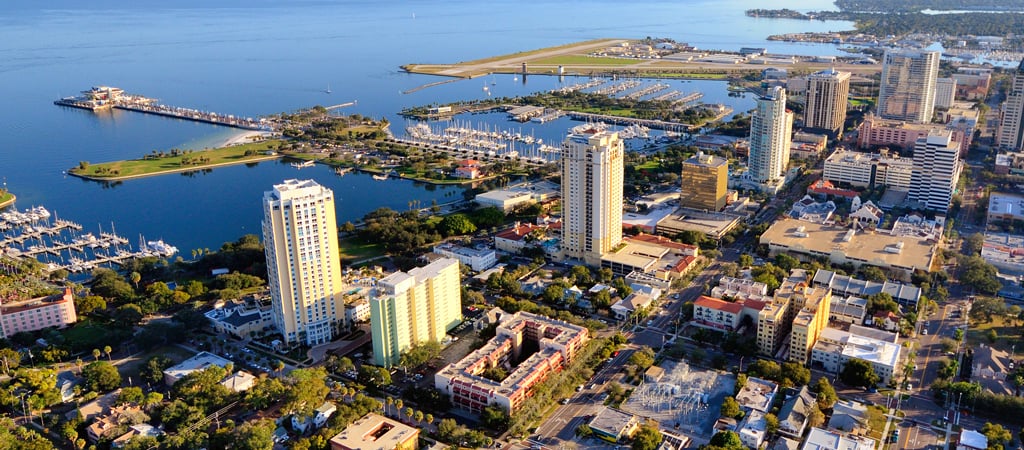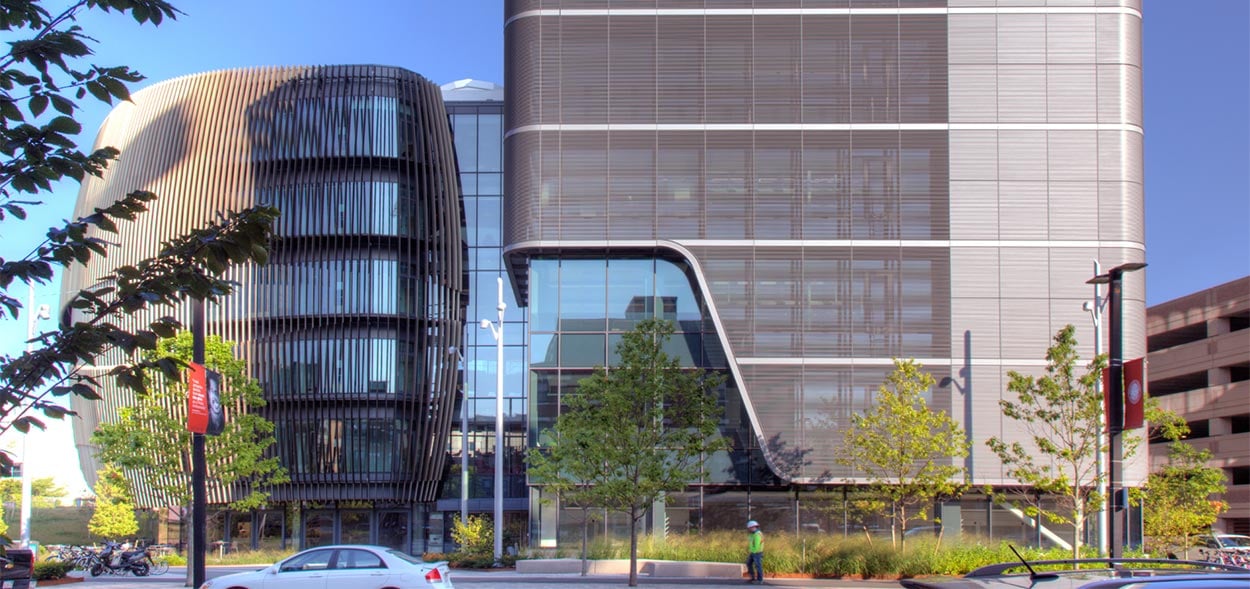Forward-thinking insights focused on a more sustainable tomorrow.
Climate Justice: An Equitable and Inclusive Approach to Combating Climate Change
The effects of climate change are all around us. Flooding across the United States, hurricanes in the South, and an increased occurrence of wildfires in the West due to drought and extreme heat are all influenced by a changing climate. More than just an environmental concern, climate change also carries social and economic impacts, especially for vulnerable populations that are often the most exposed, even though these populations comparatively contribute the least to the climate crisis. These communities also face significant obstacles when it comes to preparing for and responding to climate disruptions.
Hurricane Katrina, a natural disaster brought on by climate change in 2005, most adversely affected the Lower 9th Ward in New Orleans—a largely low-income community located in the middle of a floodplain. There are serious financial risks associated with the construction of housing in floodplains. Adhering to flood resistant design standards can be costly, and failure to meet such standards may adversely impact flood insurance costs. Consequently, those unable to afford upgrades and/or insurance, are left without adequate protection or with an additional cost burden.
Climate justice acknowledges that climate change can have differing social, economic, and public health impacts on marginalized populations. These impacts are not created equal, nor are the solutions and policies that are put into place to combat a changing climate. Climate justice advocates to have inequities addressed head-on through long-term mitigation and adaption strategies.
Fossil Fuel Impacts & Renewable Energy Transition
As is the challenge intended to be addressed by environmental justice regulations (e.g., Executive Order 12898), the health and well-being of underserved populations, namely low-income populations and communities of color, have historically been disproportionately burdened by environmental issues. For example, the location of oil and natural gas facilities for extraction, processing, large-scale combustion, and disposal are typically in communities where these populations reside. This has created pollution-related human and environmental health disparities, as well as impacts related to community development and landscape aesthetics.
As the energy market continues to trend towards renewables (e.g., solar and wind energy), cities, towns, and municipalities are formulating plans to reach carbon neutrality—or even to become fossil fuel free. This is an important step for the energy industry and the planet, but this transition risks leaving some communities feeling left behind.

A shift from fossil fuels to renewable sources can create disproportionate burdens on these communities by increasing energy poverty (i.e., when a household has reduced access to reliable energy due to low income, high utility rates, and/or inefficient buildings and appliances). This shift may bring unintended consequences and further increase inequities.
Relatedly, to advance a carbon-free future, buildings need to prioritize energy efficiency and renewable energy generation/storage. Such enhancements come at a cost that can result in higher home values or is passed on to residents through higher rents. This can cause gentrification, leaving members of a community to either pay for a higher cost of living or to relocate.
Climate Justice Action Planning
Climate justice action planning maintains a focus on a just, equitable, and inclusive approach to addressing and responding to climate change—reducing climate risks and strengthening resilience. It seeks to avoid disproportionate burdens and exposures, instead prioritizing benefits that address and prevent inequities.
Case Study: Northeastern University’s Climate Justice Action Plan

Northeastern University is developing a clean energy roadmap for its Boston campus, as well as a larger Climate Justice Action Plan (CJAP) encompassing all global campuses. A long-time partner of Northeastern, VHB is working with the University to expand upon their sustainability and resiliency planning efforts.
The CJAP is a community-driven planning initiative, the purpose of which is to recommend a roadmap to achieve carbon neutrality at Northeastern. Focus areas will include energy consumption and sourcing, transportation, climate resiliency, and the University’s ability to affect change through its strengths in academia and research.
Underlying the CJAP will be a focus on social, environmental, and economic justice. This means that the CJAP will recognize the University’s comparative role in its contributions to the climate crisis, the disproportionate impact of climate disruptions to and capacity to adapt by marginalized populations, and the transformative change necessary to address historic inequities and achieve equitable outcomes. To achieve this, the project team will be guided by a Climate Justice and Equity Framework that defines the term climate justice in the context of the project and provides a number of guiding questions and evaluation criteria that will allow the project team to assess how decision-making and identified strategies will affect or be affected by relevant social, environmental, and economic justice considerations.
The CJAP planning process will be led by the Office of Sustainability and guided by the CJAP Working Group. This group is comprised of a representative sample of the University’s faculty, staff, and students. Engagement with external stakeholders, such as local community groups, is planned to understand the climate impacts facing the surrounding community and the University’s role in those impacts. These external engagements will also seek to identify the ways in which the University can avoid, minimize, or mitigate those impacts, as well as create new community benefit.
The CJAP Working Group is identifying stakeholders representative of the University’s external community, to gain perspectives on justice concerns.
Federal Programs Addressing Climate Justice
In Summer 2021, the Senate passed a $1 trillion infrastructure bill with $21 billion being invested in environmental remediation. This is the largest, single investment in addressing legacy pollution that disproportionately harms the public health of disadvantaged communities and low-income neighborhoods.
Through Executive Order, the Administration also created the Justice40 initiative, which establishes an Environmental Justice Scorecard and delivers 40 percent of the overall benefits of federal government investments to underserved communities, tracking the performance with the scorecard. The Order also initiates the development of a screening tool focused on climate and environmental justice that identifies marginalized communities and supports the Justice40 initiative by informing equitable decisions made across the federal government.
How VHB Can Help
Sustainability has always served as a foundational element of VHB since our founding and is an integral part of our approach. We are dedicated to combating the climate crisis and developing Climate Action Plans as cities and municipalities strive to become carbon neutral or fossil fuel free. Climate Justice Action Planning is essential in developing roadmaps to achieve these goals. VHB’s commitment to sustainability and resiliency allows us to look at all aspects of Climate Action Planning and develop a holistic, long-term solution. To learn more and start working towards carbon-neutrality and equitable climate action planning, contact Donny Goris-Kolb.



